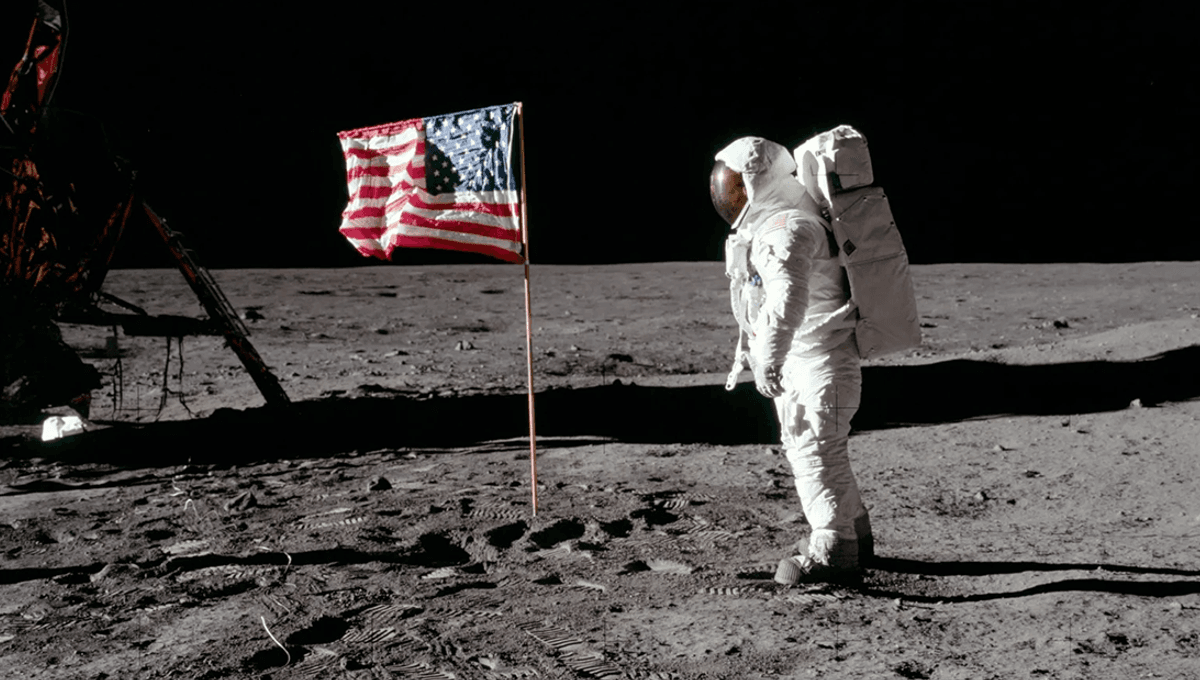
Here’s a sentence which, while technically correct, will make you sound like the most hardened of conspiracy theorists: no astronaut in history has ever left the Earth’s atmosphere.
Yuri Gagarin, Neil Armstrong, Valentina Tereshkova, Katy Perry, William Shatner – name any astronaut, cosmonaut, or space tourist you like, and none of them have left the Earth’s atmosphere. Though we think of the International Space Station (ISS) as being in space, really it still moves through the Earth’s atmosphere, and experiences gravity about 90 percent as strong as at sea level.
“As you think of the atmosphere where we live and breathe here on Earth, it doesn’t just stop right above our heads. It doesn’t stop at Mount Everest. It doesn’t stop where the planes are flying. It goes on and on all the way up, and just gets less and less dense the higher you go. And it’s still there at a very high altitude,” NASA heliophysics expert Doug Rowland explained in a video.
“When you go to where the Space Station is – only a couple hundred miles above the Earth – there’s still enough air there to slow the Space Station down. And if you didn’t re-boost it with rockets it would come back to Earth based on the air drag, just like when you’re driving your car.”
The problem is with how we define our atmosphere. We have practical considerations when defining the edge of space, for instance for space treaties, and the internationally recognized boundary of space is known as the Kármán line. But, while the majority of Earth’s atmosphere falls below it, it is by no means a cutoff point.
“While there’s really no clear boundary between where Earth’s atmosphere ends and outer space begins, most scientists use a delineation known as the Karman line, located 100 kilometers (62 miles) above Earth’s surface, to denote the transition point, since 99.99997 percent of Earth’s atmosphere lies beneath this point,” NASA explains. “A February 2019 study using data from the NASA/European Space Agency Solar and Heliospheric Observatory (SOHO) spacecraft suggests, however, that the farthest reaches of Earth’s atmosphere – a cloud of hydrogen atoms called the geocorona – may actually extend nearly 391,000 miles (629,300 kilometers) into space, far beyond the orbit of the Moon.”
That study found that at around 60,000 kilometers (37,280 miles) above Earth, there are still around 70 hydrogen atoms per cubic centimeter. Even when astronauts placed boots on the Moon they were still inside our atmosphere, though this drops off to around 0.2 atoms per cubic centimeter at the Moon’s distance. Looking at data from ESA/NASA’s Solar and Heliospheric Observatory (SOHO), the team found that the Earth’s atmosphere extends to around 50 times the Earth’s radius.
“The Moon flies through Earth’s atmosphere,” Igor Baliukin of Russia’s Space Research Institute, lead author of the paper presenting the results, said in a statement at the time. “We were not aware of it until we dusted off observations made over two decades ago by the SOHO spacecraft.”
This gets complicated further by the fact that the Earth and the Moon are both technically within the Sun’s atmosphere too.
“So there’s this kind of dichotomy there where you go from the Earth, the Earth’s atmosphere, then you’re in the Sun’s atmosphere. And then at some point you’re outside that when you reach the heliopause and the heliosphere boundary,” Rowland continued.
“So if the question is, ‘Where does space begin?’ It depends on your point of view. If you want to know, ‘Where does the atmosphere end?’ It’s about 400 miles over your head. But just remember that that space above that is not empty. It’s full of all kinds of interesting stuff.”
Source Link: NASA Expert Explains Why No Astronaut In History Has Ever Left Earth's Atmosphere